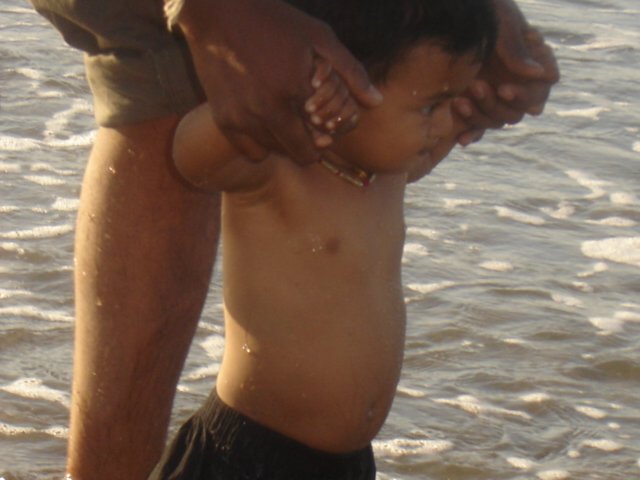

The roots of Kobras are obscure. There is no mention of them in Indian history prior to the reign of the Peshwas. It is likely that they are a collection of migrants from diverse but primarily caucasian lands. Literature and verbal tradition cites examples of their home lands as the Nordic countries, Iran or Persia, Spain and Portugal.
The earliest reference to the Chitpavans in Indian literature can be found in the Sahyadri Khand, an ancient text.
The following is the summary of the legend from Sahyadri Khand. Parashurama, the sixth avatar of Vishnu was so defiled by the slaughter of the Kshatriyas that Brahmins refused to perform any ceremonies for him. At that time the bodies of fourteen persons happened to be cast ashore by the sea which then washed the foot of the Sahyadri hills. These "corpses" Parashurama purified, by burning them on a funeral pyre or chita, and restored them to life. He taught them the Brahmin rituals, and made them perform ceremonies to free them from guilt. Parashurama wished to give these new Brahmins some land; and since the Deccan had already been given to other Brahmins, he prayed to the God of the sea to spare him some of his domain. The sea agreed to retire as far west as Parashurama could shoot an arrow from the crest of the Sahyadris. The arrow was shot and reclaimed a belt of land about thirty miles broad. The banks of the Vashishthi, about forty miles north of Ratnagiri, were set apart for the new Brahmins, and in memory of the process by which they had been purified they were called Chitpavans and their settlement Chitpolan. After establishing this settlement, Parashurama retired to Gokarn in North Kanara.
Created with Web Album Generator